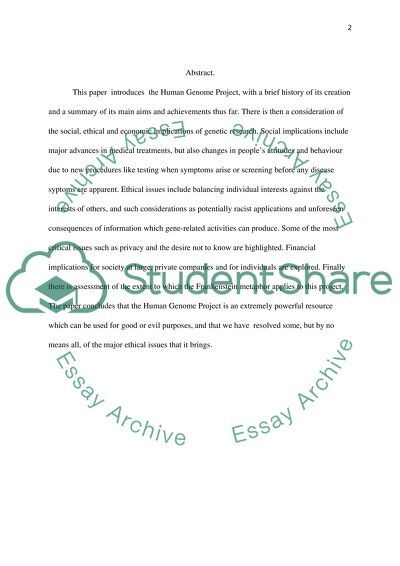Cite this document
(“The Human Genome Project promises a revolutionary insight to the Essay”, n.d.)
Retrieved from https://studentshare.org/environmental-studies/1405553-the-human-genome-project-promises-a-revolutionary
Retrieved from https://studentshare.org/environmental-studies/1405553-the-human-genome-project-promises-a-revolutionary
(The Human Genome Project Promises a Revolutionary Insight to the Essay)
https://studentshare.org/environmental-studies/1405553-the-human-genome-project-promises-a-revolutionary.
https://studentshare.org/environmental-studies/1405553-the-human-genome-project-promises-a-revolutionary.
“The Human Genome Project Promises a Revolutionary Insight to the Essay”, n.d. https://studentshare.org/environmental-studies/1405553-the-human-genome-project-promises-a-revolutionary.


